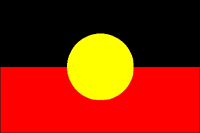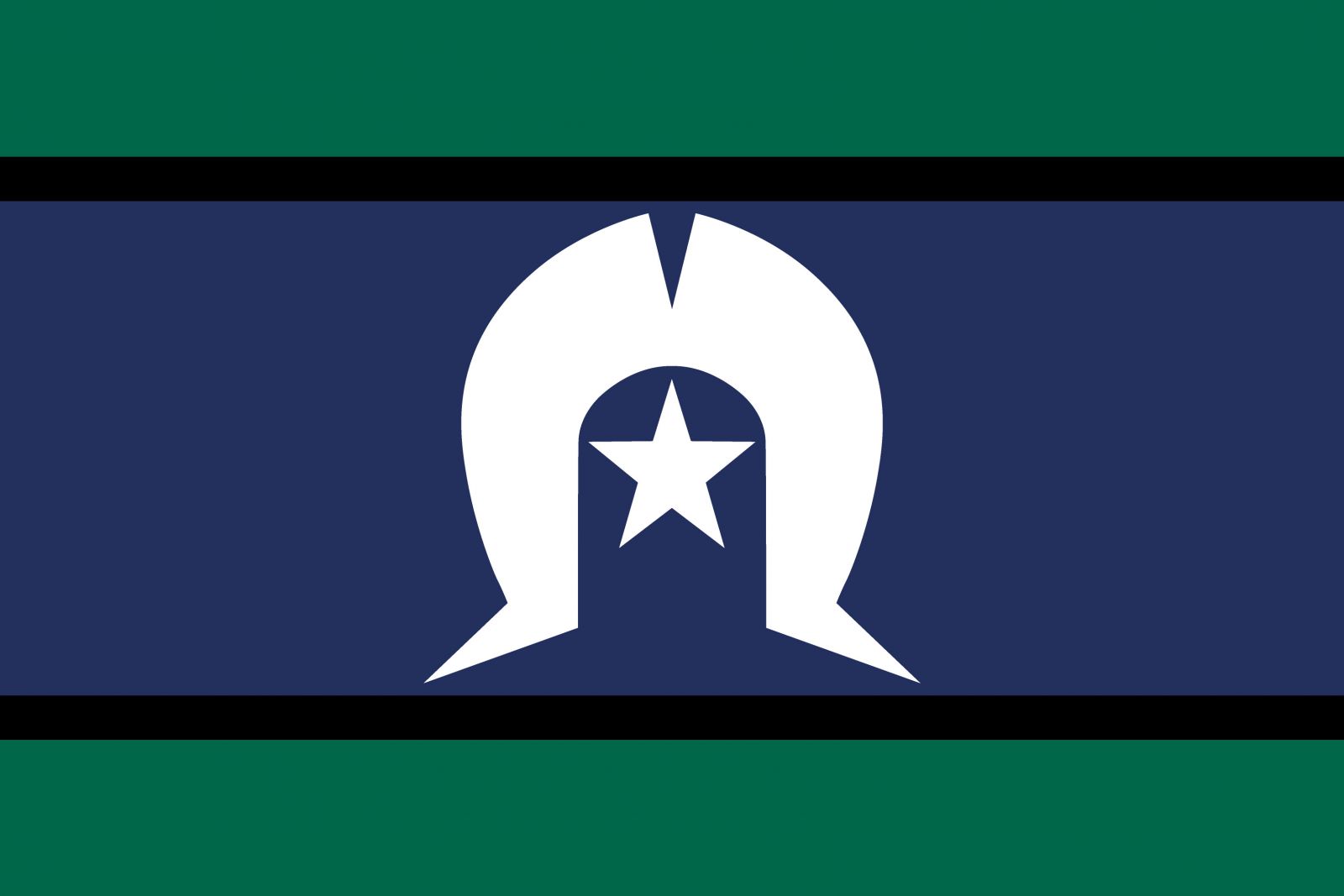Collecting demographic data
Collecting demographic data
Demographics refer to the characteristics of the population groups you are working with. Collecting demographic data allows the sorting of data into groups to see if there are different impacts or experiences for people from different backgrounds. This is called disaggregating (separating out) the data.
In order to address intersecting forms of inequality it is important to recognise that gender inequality cannot be separated from other forms of inequality. Gathering demographic data that can be linked to outcomes means an intersectional lens can be applied to the collective data to determine whether interventions have had an impact (and to what extent) on different groups.
For this reason it is important to record different demographic data however when the sample size of a group is small (e.g. approximately < 20) people may be identified by the demographic information they provide. It is important to let participants know this during informed consent processes or speak to your manager about the extent to which demographic data can be collected.
Below are some common demographic domains, however a full list of demographic domains are available on page 22 of the Social Inclusion Measurement Project (INWPCP, 2019).
Some examples of demographic data that are useful to collect relates to:
-
Age or date of birth (DOB)
Age can be collected via date of birth details, entering a participants age, or check boxes of age range. Age ranges can be aligned to a standard such as outlined in the Age Standard 1.7 (ABS, 2014) or developed according to age ranges needed for the project. For example, if your project engages young people your age ranges might be adjusted.
-
Gender identity
Gender is part of a person's social and personal identity (Australian Government, 2013). Collecting nuanced data according to gender identity helps to gain insight into how projects or initiatives achieve equal outcomes across diverse gender identities. Understanding nuances across different communities and the different outcomes that have been achieved for different gender identities is important to gain insights with an intersectional lens.
-
Aboriginal and Torres Strait Islander identity
Aboriginal and Torres Strait Islander women experience far greater levels of domestic and family violence (Our Watch, 2018). This violence is more severe with more significant health impacts. Aboriginal and Torres Strait Islander women experience multiple intersecting determinants. Prior to colonisation violence was regulated and controlled and bore no resemblance to current patterns (Our Watch, 2018).
-
Geography/Postcode
The ABS standard is to collect information according to postal areas (postcodes) if possible (ABS, 2016). Gathering information on postcodes can help refine areas potentially in need of place based initiatives or partnership projects or map out co-located services.
-
Cultural and Linguistic identity
Collecting cultural and linguistic identity data will facilitate effective planning and delivery of culturally appropriate services. Data collected can also help to understand the impact of initiatives and projects on different groups.
-
Disability status
Collecting disability data is challenging due to the vast range of physical, social or emotional experiences that classify as disability. The subjective and variable nature of some disabilities may contribute to under or over-reporting of conditions causing restrictions (ABS, 2016a) in general and in the workplace. However, from an intersectional lens where possible it is useful to gain insights into the ways in which women with disability are benefiting from the projects or initiatives in your PVAW work.


